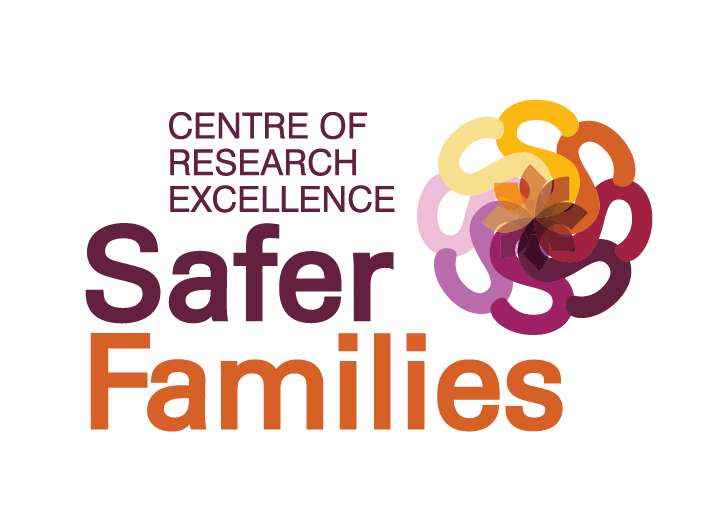TRANSFORM: Safer Families Transforming Health Systems
What is the TRANSFORM project?
The TRANSFORM Project aimed to develop and test a trauma and violence-informed ‘model of care’ for health services who are visited by people who may be experiencing family violence.
What is this research about?
The vast majority of people are in contact with health services. General practitioners (GPs) and other health professionals (nurse, psychologist, therapist) are the highest professional group told about Intimate Partner Violence (IPV).
Unfortunately, there is evidence that practitioners often lack essential skills with many barriers needing to be overcome including: personal barriers (e.g. reluctance to “interfere”); resource barriers (women being accompanied, inadequate training, lack of time and referrals); perceptions and attitudes (victim-blaming attitudes, fear patients will be offended); and patient-related barriers (language, cultural, confidentiality, mandatory reporting). There is an urgent need for a tailored response through the health sector to children, young people and parents as experiences vary for families, with people at different stages of readiness to act.
This research brought new knowledge on how trauma and violence-informed care can be enabled through the health system so that victim/survivors and their families can be supported on their pathway to safety and care.
Focus groups
The Safer Families Centre conducted a series of focus groups to explore how the health system can be transformed so that any health service can effectively and appropriately identify and respond to victim/survivors and their families and support them on a pathway to safety and care.
The focus groups were held across four key settings:
General Practice
Maternal and Child Health
Aboriginal antenatal
Hospital antenatal
A comprehensive evidence brief was provided to each participant prior to the workshops which was used to inform the discussion.
Health system pilot
Key changes identified through the focus groups were then piloted in key settings. Outcomes from the pilots are being anyalysed.
Project Team
Kelsey Hegarty, Fiona Giles, Renee Fiolet, Leesa Hooker, Elizabeth McLindon, Eleanor Bulford, Minerva Kyei-Onanjiri, Simone Gleeson.
The University of Melbourne and La Trobe University
Evidence Overview
The Safer Families Centre has gathered evidence to determine the key elements or changes within the health system that can enable staff to more effectively identify and respond to families experiencing domestic and family violence.
The key elements may need to operate at all levels of a health care setting in order to work, including environment, management and leadership, staff support, referral pathways, information sharing, protocols and policies, and community linkages. See elements of a healthcare response
What assists health professionals to be ready to identify and respond? See CATCH model
What does a whole of health system response look like? See REAL Model
What are the elements of an Indigenous health care model?
See Indigenous health care modelWhat elements need to be considered by practitioners for children experiencing domestic violence and abuse? See Personal, interpersonal and contextual themes as an ecological model
What are the building blocks for delivering practitioner centred and women centred services? See Health Systems Implementation Model and further reading here
How do you create and sustain a whole of service primary care response to recognising and responding to domestic and family violence? See Sustainable primary care response discussion paper
What are the key elements for strengthening the hospital response to family violence? See SHRFV model
How do services and practitioners embed a trauma and violence informed approach to care? See Guiding Principles of TVIC
What is the recommended first line response after identification? See LIVES tool (World Health Organisation)
What do women victim/survivors of domestic violence expect following disclosure to a healthcare provider? See CARE model


